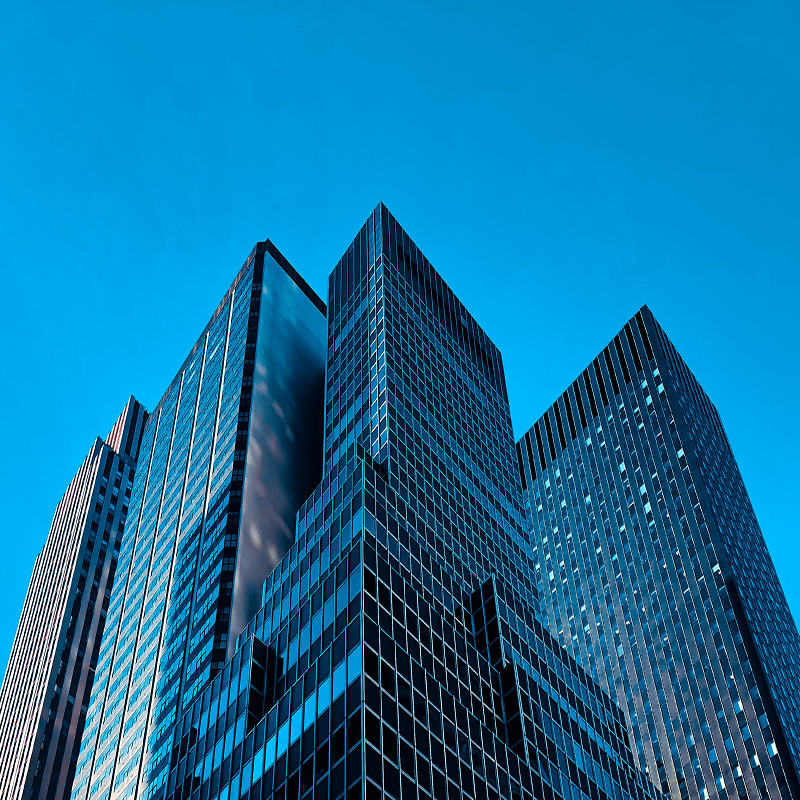By definition, curtain wall is regarded an independent frame assembly in the high-rise buildings, with self-sufficient components that does not brace the building structure. A curtain wall system is an outer covering of a building in which the outer walls are non-structural, but merely keep the weather out and the occupants in.
In history, curtain wall style refers to mid-20th Century buildings that use a prefabricated exterior wall sheathing system hung to their frames. The use of such technology dates back to the 1918 Hallidie Building in San Francisco, which is credited as the first building to use frameless glass curtain wall in construction. However, it was not until post-WWII when advancements in building technology allowed these systems to become widespread. Besides, the first major example of the style was the Equitable Savings & Loan Building in Portland, Oregon executed by architect Pietro Belluschi in 1948. As the world’s first fully enclosed air-conditioned building, this sleek 12-story structure quickly set the pattern for many post-WWII skyscrapers and small scale office buildings.And the curtain wall system is comprised of a repetitive grid of vertical extruded aluminum mullions and horizontal rails.
Curtain wall systems are typically designed with extruded aluminum members, although the first curtain walls were made of steel. The aluminum frame is typically infilled with glass, which provides an architecturally pleasing building, as well as benefits such as daylighting. Other common infills include: stone veneer, metal panels, louvres, and operable windows or vents. Especially when glass is used in curtain wall construction, a great advantage is that natural light can penetrate deeper within the building. Furthermore, the vision area of the building facade allows light transmittance and the spandrel areas between windows are designed to conceal the building floor beam structure and related mechanical elements. While the spandrel area is an opaque area, the architectural community always finds interesting ways to address the aesthetics by making the spandrel area pronounced (e.g. facade element glazing color change, material type change such as granite) or subtly blended as an all-glass facade when viewed from the exterior.
Send your message to us:
Post time: Aug-22-2023





